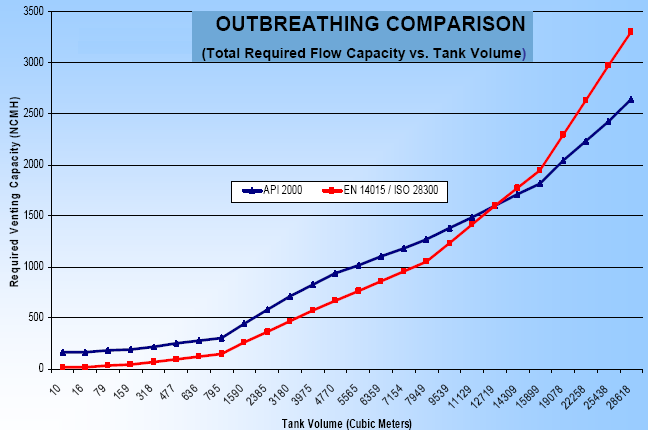Api 2000 Venting Calculation Software
Posted By admin On 19/06/18Api 2000 - Sample Calculation Help. These calculations are totally different from the venting calculations as per API STD 2000. TANK STORAGE • January/February 2015 81 tank blanketing In March 2014, API Standard 2000 (Venting Atmospheric and Low-Pressure Storage Tanks) was revised.

API2000 tank venting calcs.xls. Emergency venting required in accordance with API 2000. Ametank Model Example 2 API 650 Calculation Report. Storage tank venting and API 2000. This time I want to go into more details of the API-2000 method for venting, the assumptions, and the models. Torrent Kyle Xy Season 2 Episode 23 on this page.

BY ORDER OF THE EXECUTIVE DIRECTOR Office of the Federal Register Washington, D.C. By Authority of the Code of Federal Regulations: 49 CFR 195.264(e)(2) Name of Legally Binding Document: API 2000: Venting Atmospheric and Low-Pressure Storage Tanks Name of Standards Organization: American Petroleum Institute LEGALLY BINDING DOCUMENT This document has been duly INCORPORATED BY REFERENCE into Federal Regulations and shall be considered legally binding upon all citizens and residents of the United States of America.
Photoimpact 6 Italiano Google. HEED THIS NOTICE! Criminal penalties may apply for noncompliance.
I first posted this in the API forum, but didn't get any response there, so am posting it here to see if anyone who frequents this forum can cast any more light on it. I recently sized a relief device for the fire case for an existing vessel using API520. The relief device manufacturer came back to me and advised that the relief device I had specified was sized wrongly according to API 2000. As it turns out, he was right, since the set pressure was below 15 psig. However, this got me looking at the difference between the two standards - surely they cover the same ground (excluding pressure), so shouldn't they be seamless between 14.99 psig and 15 psig? Star Monkey Full Version Manager here. ? It appears that they are not - API 2000 has different equations based on the heat input from a fire (It appears to be more comprehensive). One other area of contention is that the conversion factor from kg/hr to scfh is curious to say the least (I supplied a kg/hr figure to the manufacturer based on Q/λ and the manufacturer converted from there - this did not tie in with API 2000's direct calculation for SCFH).